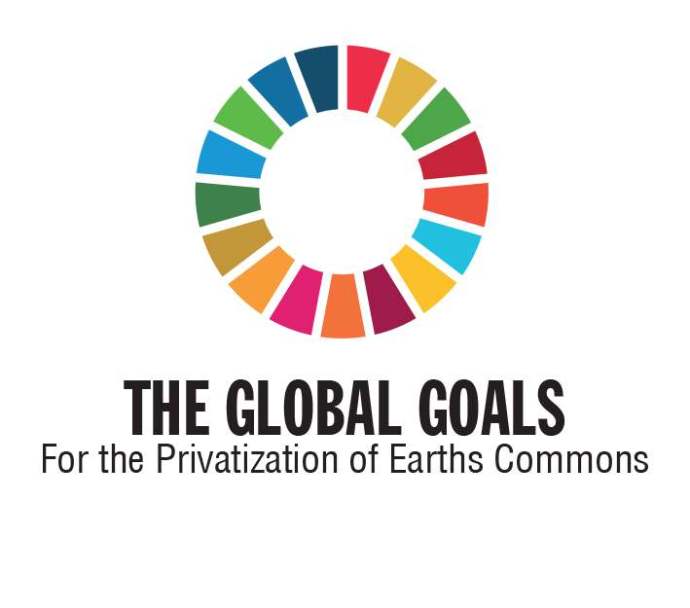Silencing Dissent – From Ronald to Donald
WKOG op-ed
by Jay Taber
November 2, 2017

California Gov. Ronald Reagan, flanked by executive secretary Edwin Meese III, left; Alameda County Sheriff Frank I. Madigan, second from right, and California Highway Patrol Commissioner H.W. Sullivan, right, proclaims “a state of extreme emergency” exists at the University of California, Berkeley, on February 6, 1969. Reagan called on legislators to enact measures to deal with militant student and faculty members. (Sacramento Bee/MCT)
(Sacramento Bee Photo, 2/6/69)
Neoliberalism is a quaint term, that when applied to its leading lights like Obama and Hillary, seems almost benign. Who could be against the first Black president of the US, and his heir apparent, potentially the first woman president of the US?
Neoliberalism, however, is rooted in the Reagan Revolution of 1980, when this long-time fascist and former Hollywood FBI anti-Communist snitch teamed up with Ed Meese, the former Bay Area anti-free speech prosecutor, to create the most criminal U.S. administration in history. Oddly, when campaigning for president in 2008, Obama publicly announced that his ideological mentor was Ronald Reagan.
While Reagan’s term as Governor of California in the 1960s was replete with FBI collusion against the Free Speech movement, initiated by students at UC Berkeley, his career as an informer during the HUAC witch hunts against Hollywood screenwriters and actors were his formative years. The fact Obama chose him as his guiding light says something definitive about Neoliberalism.
Silencing dissent isn’t new to the White House; Bush and Obama both had the FBI arrest innocent protesters and journalists in order to keep democracy down.
The difference with Trump is that his Justice Department under U.S. Attorney General Jeff Sessions–a long-time opponent of civil rights–is out to imprison those it perceives as subversives under conspiracy to riot for merely being in proximity to people who commit vandalism. Like Reagan’s AG Ed Meese, Sessions appears fixated on violating Constitutional guarantees of free speech and lawful dissent.
On August 30, with assistance from the U.S. Department of Justice, the Whatcom County (WA) prosecutor obtained a warrant to access confidential information on the Red Line Salish Sea (NoDAPL) indigenous treaty rights activists’ Facebook page. In its press release, Red Line notes that, “The US Department of Justice used the same method in an attempt to serve a warrant to access the webpage J20 where they sought names of people who attended anti-inauguration events when Trump took office.”
With yesterday’s news that hundreds of J20 defendants face up to 70 years in prison for being present when police arbitrarily arrested large crowds of peaceful people, Trump takes a stride toward institutionalizing American fascism.
[Jay Thomas Taber is an associate scholar of the Center for World Indigenous Studies, a correspondent to Forum for Global Exchange, and a contributing editor of Fourth World Journal. Since 1994, he has served as communications director at Public Good Project, a volunteer network of researchers, analysts and journalists engaged in defending democracy. As a consultant, he has assisted indigenous peoples in the European Court of Human Rights and at the United Nations.]




































